- Les Grandes Eaux Musicales De Versailles, Le Concert des Nations, Alia Vox AV9842, 2004
- L’Orchestre De Louis XIII, 1601-1643, Alia Vox AV9824, 2002
- Jean-Baptiste Lully, L’Orchestra Du Roi Soleil, Alia Vox AV9807, 1999
- Jean-Philippe Rameau, L’Orchestra De Louis XV, Alia Vox AVSA9882, 2011
Dagogo readers fascinated by the Versailles cable television drama series will be thrilled by Jordi Savall’s masterful realizations of music from Versailles and the Courts of the Louis kings. One can instantly grasp the sumptuous nobility of this stately and spirited music associated with the Louis Kings XIII, XIV and XV.
The audio quality and production values of the Alia Vox label are remarkable. The artwork is gorgeous, the recordings are exquisite, and the lively performances are exemplary. A large portion of the broad catalog from Alia Vox is offered in hybrid dual layer SACD/CD format.
Les Grandes Eaux Musicales De Versailles, Le Concert des Nations, AV9842
For decades Jordi Savall has been affiliated with the music center of the Public Museum and National Estate of Versailles and their efforts to preserve, interpret and present early French music. He’s performed in almost every concert season dating back to its 1988 origin, a custom that continues.
In 2005, Savall was given carte blanche for the annual Versailles “Grandes Eaux” spectacle. At that time, this anthology of performances by Le Concert Des Nations (1998-2004) was compiled from the Alia Vox vaults celebrating his role in preserving and portraying the music of Versailles.
The Versailles cable television series factually depicts how the monarch’s personal choreography and display were central to the court. Though the king’s direct personal involvement slowly faded, music and dance performances gradually inflated in size and grandeur to become a spectacle observed by King and Court, initiating classical ballet.
Adding dramatic text, comedy and song begat French opera and its descendants. As the liner notes of these titles suggest, the deep structures of composed western art music are firmly rooted in traditions and forms that emerged from the Louis courts.
Among the greatest gifts of Louis XIII to his son was a deep regard for dance and the musical arts. In a spirit of gratitude, Louis XIV later requested that his court librarian, one André Danican Philidor, collect and preserve the music from earlier courts. Savall extracted from those collections much of the music in these volumes. Another great legacy was the King’s 24 Violins, which was founded during the reign of Louis XIII and came to full fruition under Louis XIV and the musical leadership of Jean-Baptiste Lully.
The Early Music of Jordi Savall and Hesperion XXI
Savall has explored pre-Renaissance and early French music dating back to the era of the Troubadours before 1300 with his Hesperion XXI ensemble and his supremely talented wife, singer and partner, the late Montserrat Figueras. Adventurous listeners may already be delighting in Savall’s deep explorations of early Western musical roots in the Near East, Asia, Turkey, Armenia, and such cultural tributaries as the Sephardic diaspora or 16th Century South America.
Savall and his lively ensembles have brilliantly explored the modalities, tonalities, rhythms and traditions that preceded and shaped Renaissance music. Le Concert des Nations focuses on Baroque and Classical repertoire. Versailles may seem an unlikely subject given his other studies of pre-Baroque music geographically or culturally peripheral to Europe.
Yet, Savall’s Francophile tendencies should not be surprising. Folded into some of these releases are Mr. Savall’s deep explorations of the French literature for viola da gamba, his primary instrument. During Louis XIV’s last year he was soothed by the spiritual and meditative chamber music of composers Marin Marais and Sainte-Colombe. It was via this genre that Savall was introduced to mainstream audiences when his music was included in the popular 1991 French film, Tout les Matins du Monde. A great deal of Savall can easily be found on YouTube.
L’Orchestre De Louis XIII, 1601-1643, AV9824
Louis XIII had a deep love of music and dance, commissioning the first court ballet in 1581. He composed, played violin and danced in the ballet with other masked nobles at least once a year. Under his reign ballet became a primary focal point for court life, an art form to elevate the stateliness of the monarch and celebrate the grandeur of his court.
This title also draws from Philidor’s compiled manuscripts, being a collection of “old Airs composed for Coronations, Weddings and other Solemn events” and “Concerts for their royal entertainment.” These were originally written by a handful of known and some unknown composers, loosely conceived scores and arrangements often cast in the form of popular European dances: bourees, sarabands, pavanes, gavottes and so forth.
Assembled from Alia Vox recordings of Le Concert des Nations (1997-2002), this program overlaps with later work from the era of Louis XIV, particularly in the“Vingt-quatre Violons” (24 violins) format.
Jean-Baptiste Lully, L’Orchestra Du Roi Soleil, AV9807
By the mid-17th Century, The King’s 24 Violins and related corps de musique had established the essential form of the symphony orchestra as we know it today. It comprised a range of strings (equivalent to basses, cellos, violas and violins) reinforced by supporting woodwinds, brass and percussion, all under a conductor’s direction.
During the reign of Louis XIV, Jean-Baptiste Lully arranged ensembles on a scale previously unheard, possibly the first professional modern orchestra. By contrast to the somewhat random ensembles of Baroque Europe, in the French court a disciplined elite company of musicians read from the written scores of court composers.
Savall and associates have culled and confected delightful orchestral suites from three of Jean Baptist Lully’s landmark operas of 1664-1674: Le Divertissement Royal, Alceste and Le Bourgeois Gentilhomme. The latter was a catalytic masterstroke wedding Moliere’s Comedia del Arte to Lully’s ballet. Fusing lyrical drama with ballet and the newly assembled orchestral forces generated the first grand operas.
These titles reflect the monumental staging, choreography and growing dynamism of the burgeoning theatrical arts. Instrumentation was expanding and some of the first sound design for staged theatrical drama was introduced. Hearing the hand-cranked wind machine utilized here – probably constructed of wood and fabric – one can only imagine the awe it might have evoked when activated.
Lully had at his disposal a small army of singers and dancers, craftsmen and costumers. The Kings 24 Violins expanded to an immense roster encompassing virtuoso flautists, a “choir” of oboes, the brass, huge batteries of percussion, keyboards and plucked instruments (lutes, theorboes and guitars), augmented by such exotica as tambourine and mountain bagpipes.
The high point of Lully’s collaboration with Moliere was the comedie-ballet “Le Bourgeois Gentilhomme,” a rich panoply of imagined ethnic dances: Turkish, Spanish, Gypsy and so on. “Alceste” further developed ballet, moving the action forward through elaborate choreography and pure dance music for the first time in Western art.
Savall and Concert Des Nations handle this splendid material deftly. As per usual they have an uncanny gift for bringing historically accurate pre-classical music alive, giving us a flesh and blood performance of music from the Louis courts.
Jean-Philippe Rameau, L’Orchestra De Louis XV, 2011 AVSA9882
This sumptuous two-disc title contains suites from four Rameau operas 1735-1764 (and is the only SACD release in the batch). Jean-Philippe Rameau was an outstanding orchestrator and composer, successor to Lully under Louis XV, and leading light of Rococo music in the French Royal Academy. These works were composed on a vast canvas, scored for more than 50 instruments. By this time, the Paris Opera was a large theatrical production company semi-independent of court.
“Les Indes Galantes” depicts purely imaginary tableaux suggesting indigenous African, American Indian and Incan costumes, dances and music. “Nais” and “Zoroastre” are from the era of Rameau’s honored position at court, containing long, textual recitatives interspersed with densely choreographed dance sequences. Like Rameau himself, Savall has cleverly excerpted the most colorful and arresting of the ballet music into orchestral suites of stunning (if Rococo) beauty.
Rameau’s death in 1764 halted production of “Les Boreades” before its premier. It went unperformed for two centuries. The instrumental music is highly varied and nuanced, containing even freer and bolder orchestration.
The octogenarian composer was still experimenting, creatively expanding his Late Baroque horizons. Rameau had clearly digested the best of the Baroque era, re-purposing it for the ornate splendor of the richest court in Europe, albeit an ancient regime soon to be swept away by the tide of history.
Musical Legacy of the French Monarchs
These performances only hint at the scale and grandeur of the original music spectacles at Versailles, yet they glow with its recalled glory. They enrich our connection to the flowering of music, dance and the theatrical arts cultivated under patronage of the French imperial court. There were certainly other significant and parallel developments in Western music, as Savall himself has made a successful career demonstrating.
Yet we cannot deny credit to the dancing French monarchs, the Sun King and court composers for realizing the technology, power and possibility of a disciplined professionalized musical institution. Without question music from the courts of the Louis kings pointed toward and set precedent for the classical ballet, grand opera and modern philharmonic orchestra we appreciate today.
Copy editor: Dan Rubin Dave Radlauer publishes http://www.jazzhotbigstep.com
- (Page 1 of 1)

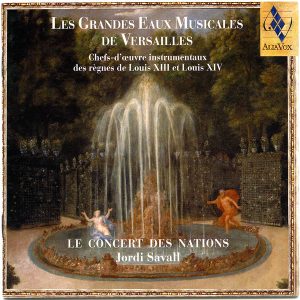
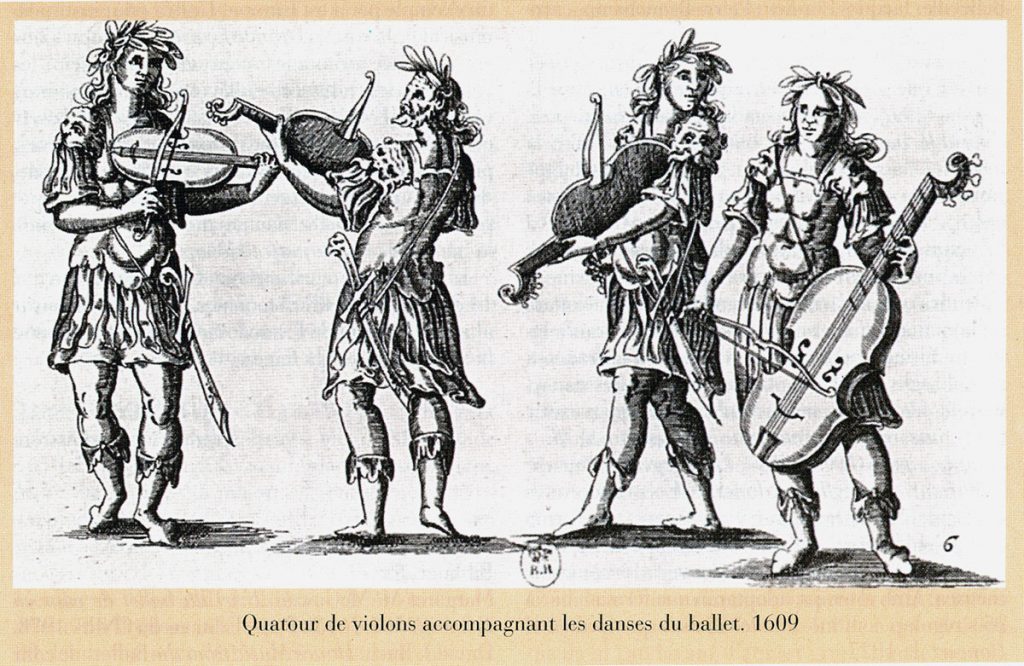
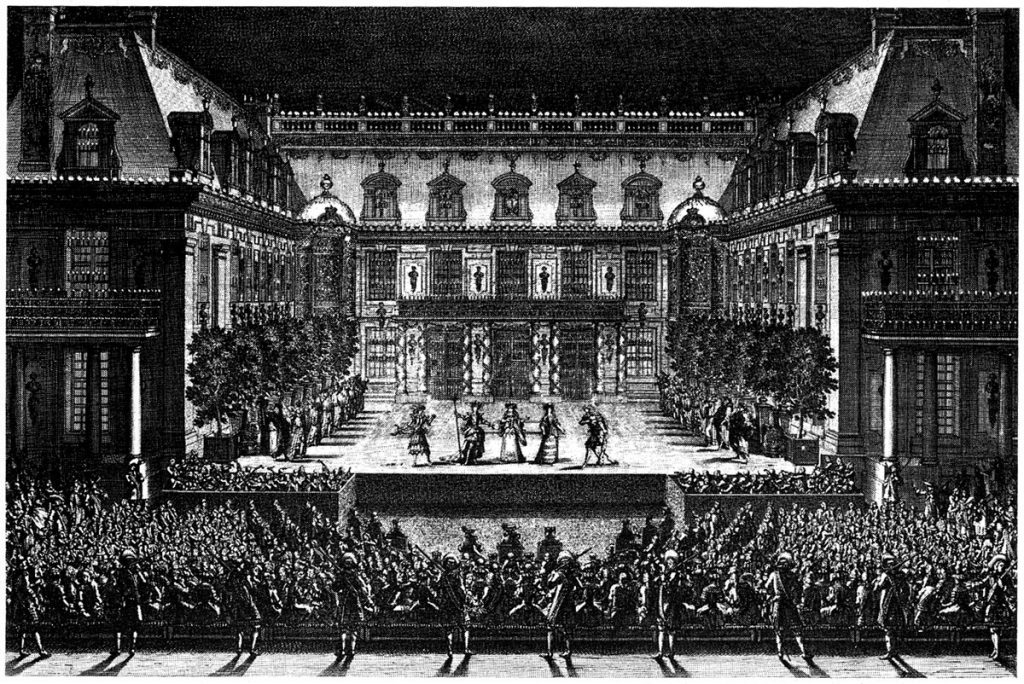
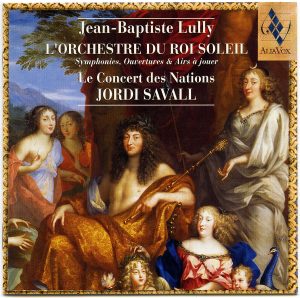
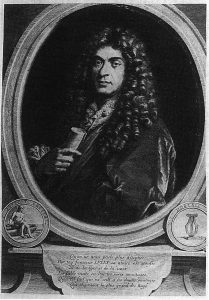
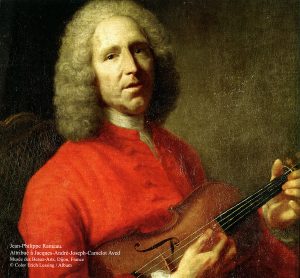
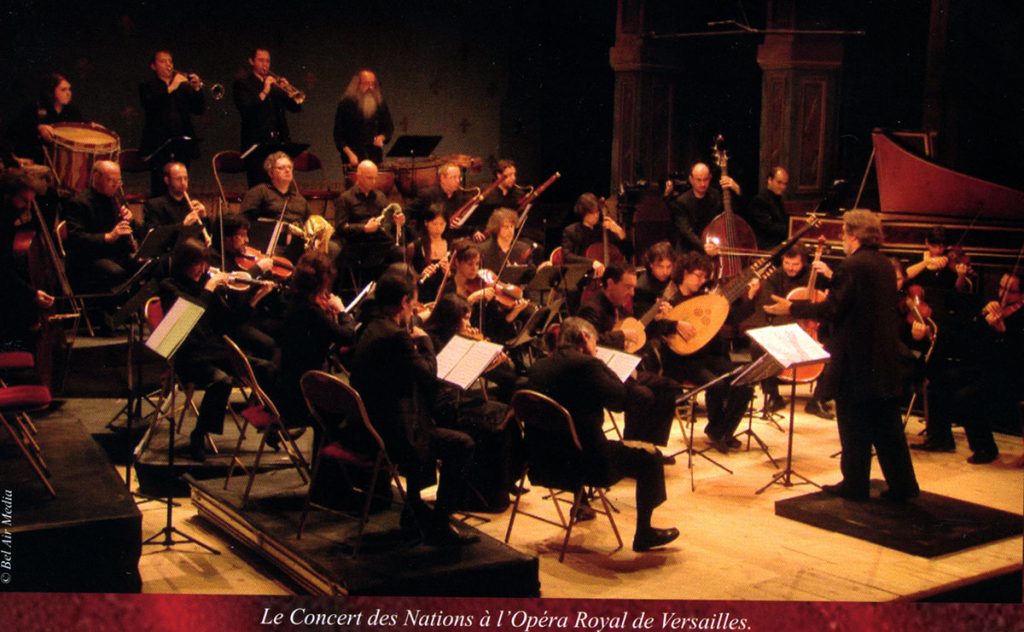
Website for Alia Vox is http://www.alia-vox.com/en.